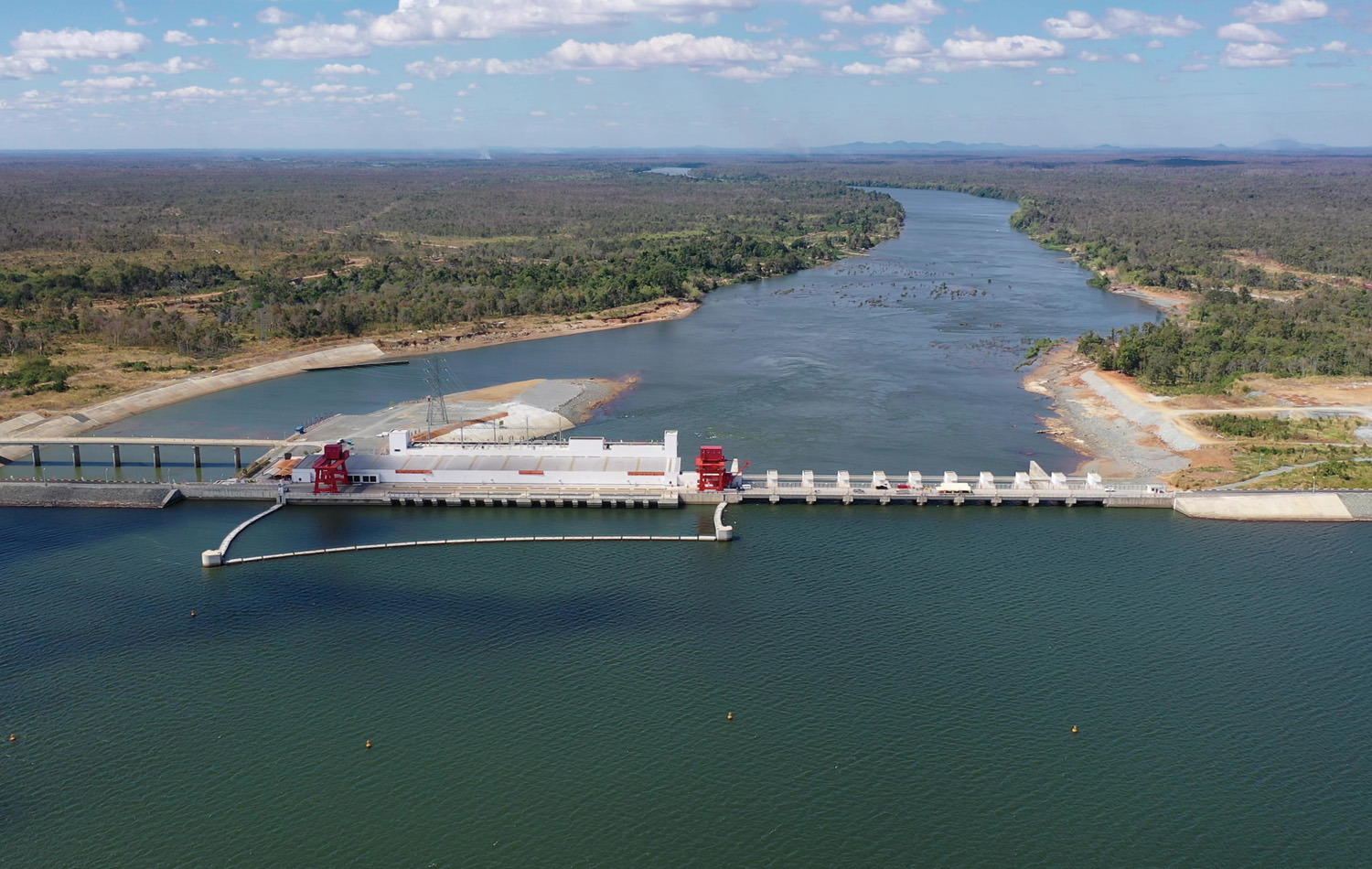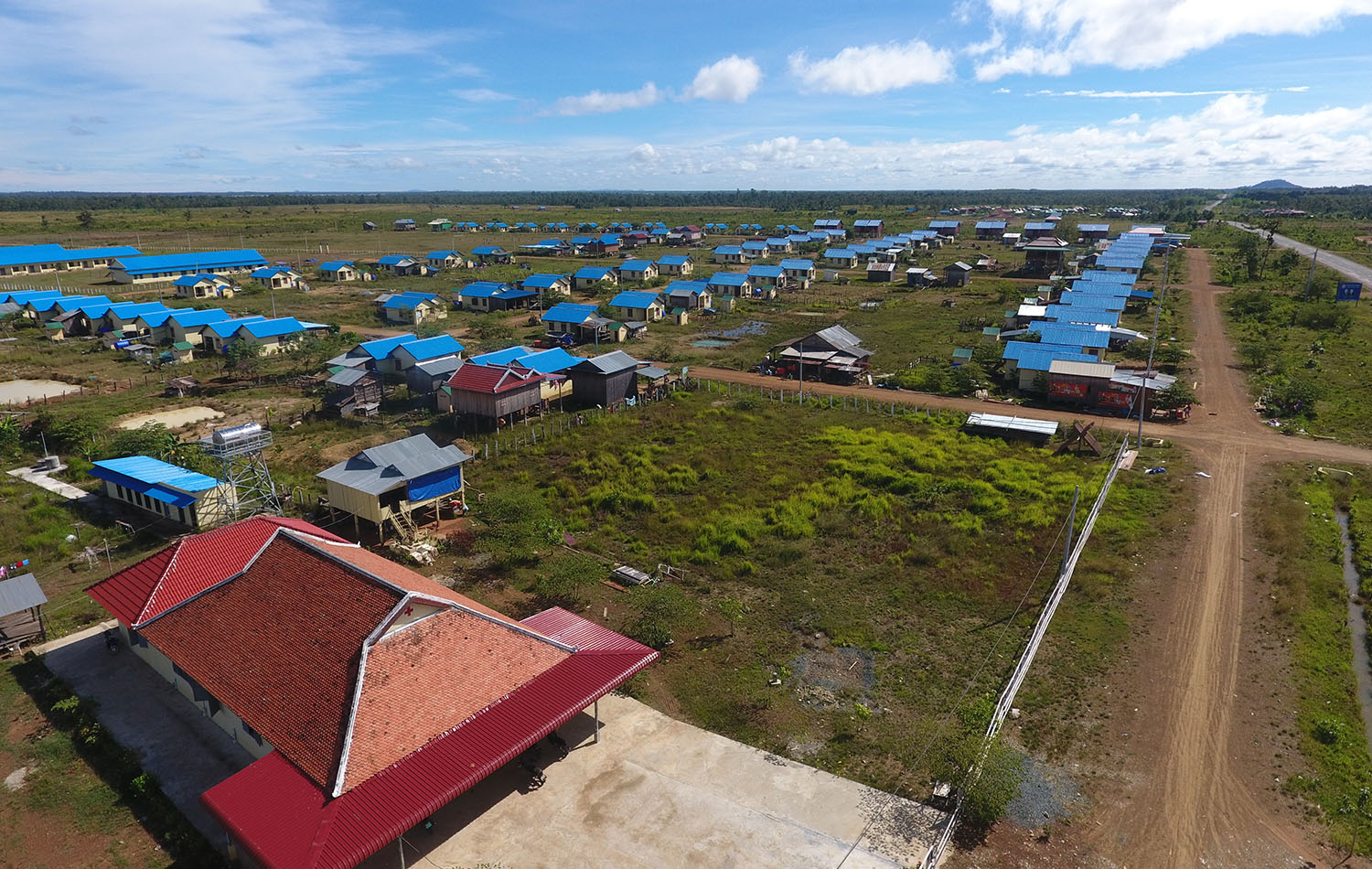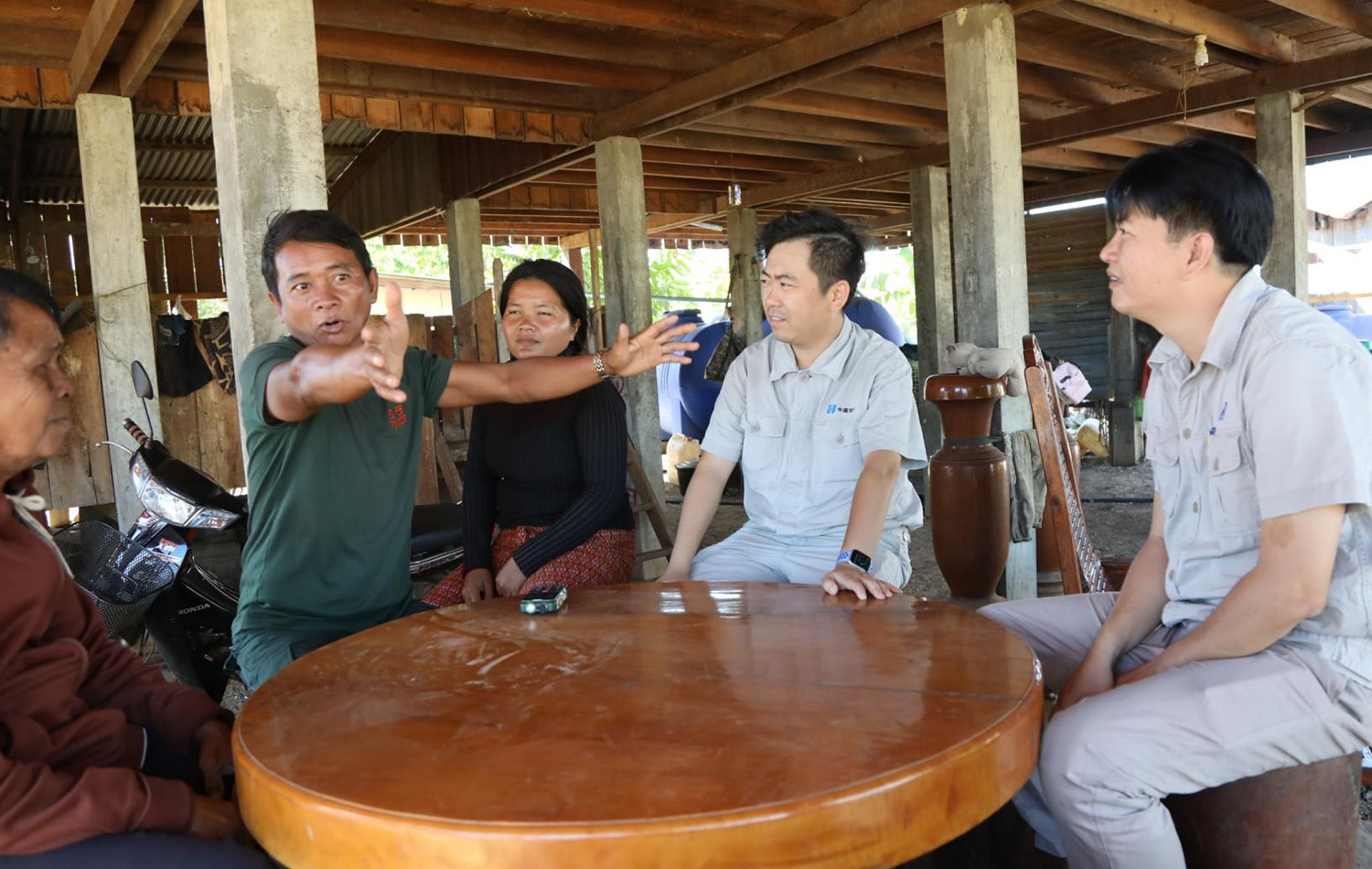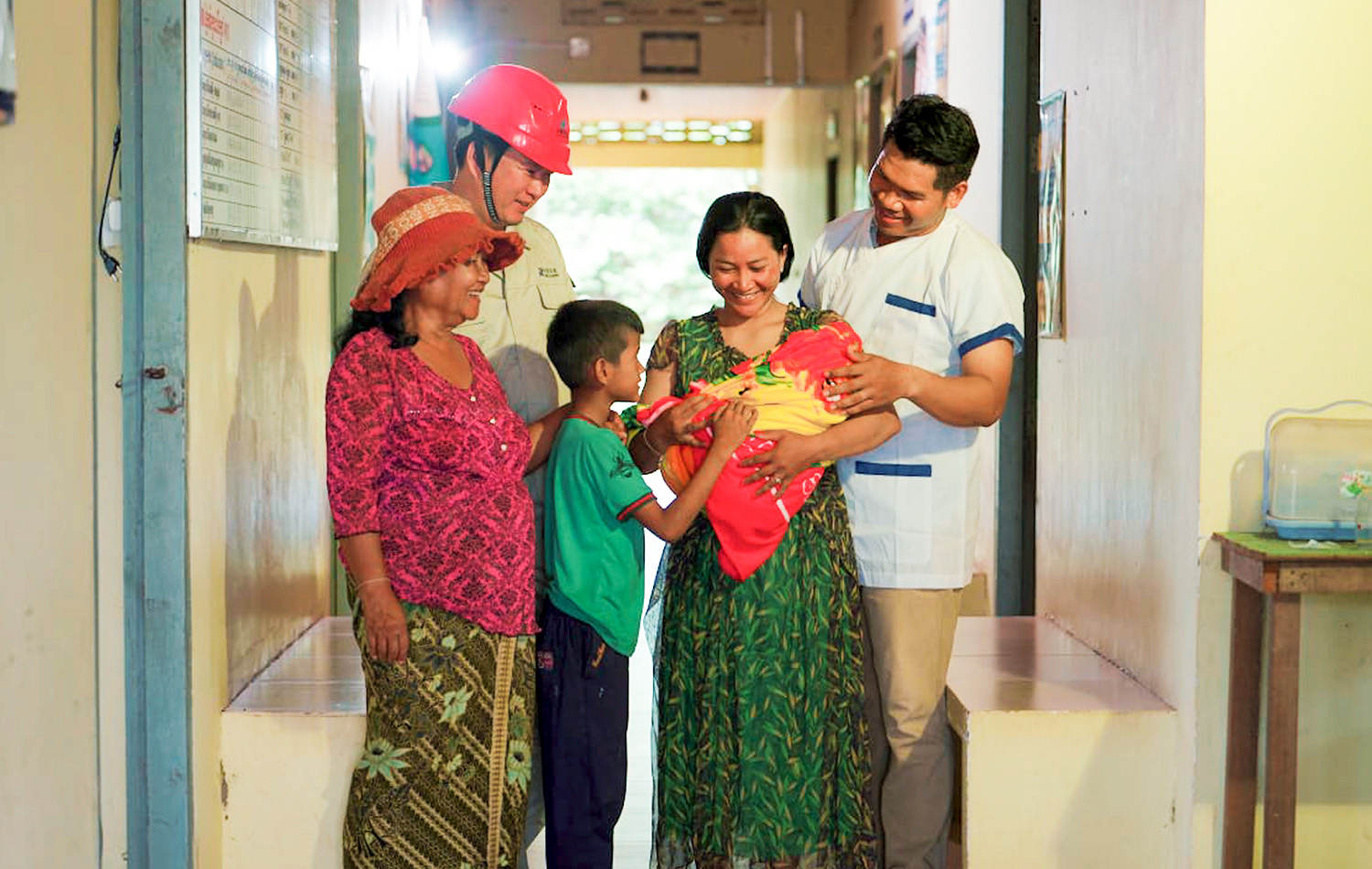Project Overview
Social Assessment
On September 25, 2017, during the reservoir impounding ceremony of the Lower Sesan 2 Hydropower Plant, Hun Sen, the then Prime Minister of the Kingdom of Cambodia, said, “I’d like to praise China Huaneng for its resettlement work related to the Lower Sesan 2 Hydropower project. China Huaneng has built beautiful new houses and complete public infrastructure for resettled residents, and successfully solved the resettlement issues.”
Grueuy, a resident of a new resettlement village, said, “In the new village, we can maintain our previous way of life, and continue farming and fishing. However, the transportation, education and healthcare conditions here are better, and the farmland is much larger than before. Our livelihood will get better if we work hard.”
Gramani, another resident of a new resettlement village, said, “Each household that came here is allocated 1,000 square meters of residential land, an 80-square-meter house, and 5 hectares of farmland. The company also provides food for the new households, helps them adapt to the new life, and arranges agricultural technicians to offer guidance in farming practices. In the past, if someone fell ill, he or she must be rushed to a health center 70 kilometers away. But now, we have schools and clinics right beside our houses.”
Economic, Social, and Environmental Contributions
China Huaneng diligently implements the social responsibility concept of “constructing a power Plant while driving the local development, protecting the local environment, benefiting the local people and promoting harmony”. Through the implementation of the resettlement project, the production and living environments and conditions for resettled communities have experienced a substantial qualitative improvement compared to their original villages. Each household is provided with 5 hectares of farmland, 1000 square meters of residential land, and an 80-square-meter house, greatly enhancing their production and living conditions. Comprehensive supporting infrastructure has been established for each resettlement village, including roads, schools, hospitals, police Plants, township governments and other public facilities. Now, every household has access to water and electricity. Residents enjoy more favorable electricity rates, and household appliances like televisions and washing machines have become commonplace. The resettlement has tangibly improved their production and living conditions.
After resettlement, villagers are allocated more farmland and can plant more rice and cash crops, leading to a steady rise in household income year by year. According to statistics, in the first two years, each household’s annual income totaled $1,100, a 2.75-fold increase, including $500 from rice cultivation and $600 from cash crops. In the third to fifth years, each household’s annual income reached $2,000, a 5-fold increase, with $500 from rice cultivation and $1,500 from cash crops. As crops become more and more mature each year, yields are expected to rise steadily.
During the construction phase of the Plant, over 3,000 job opportunities were provided for nearby villagers. After the completion and commencement of operation of the Plant, over 30 local university graduates were employed to engage in the operation and maintenance of the Plant, contributing to the continuous development of a new generation of electrical engineers in Cambodia.





